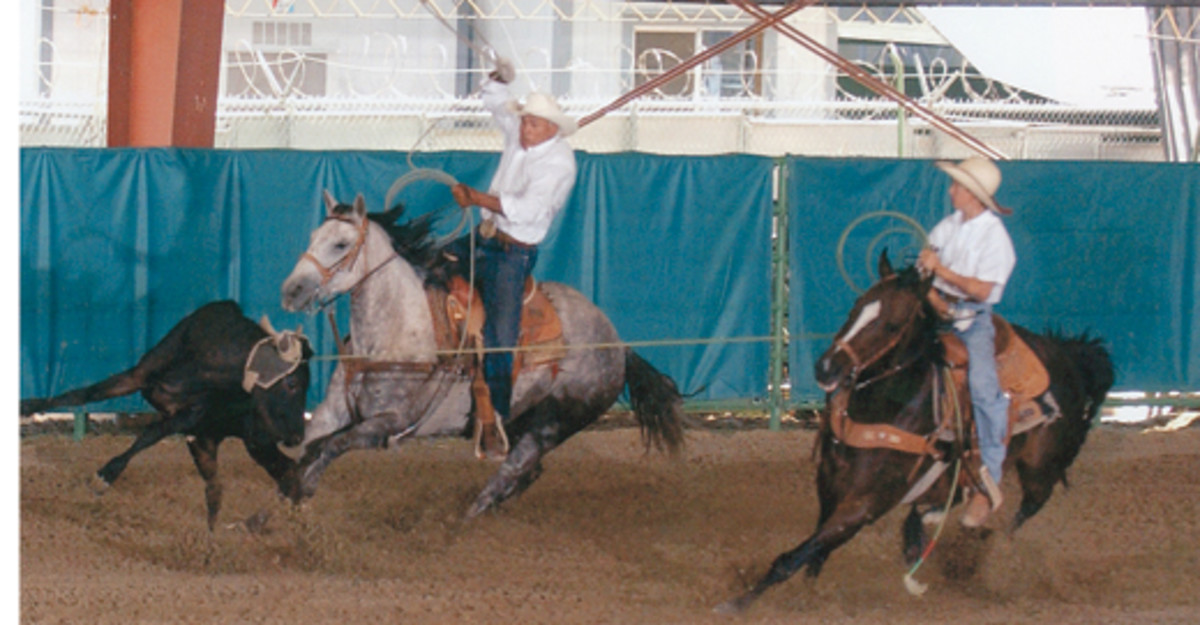
We’re all looking for the best prospect or made horse that will stay sound. There are basic fundamentals in conformational correctness, having the horse professionally evaluated and/or radiographed to detect problems that help screen horses into populations that are more likely or less likely to stay sound of eye, wind and limb.
That, in my opinion, is the best you can do. Choose a horse that seems sound at this time and doesn’t have any obvious predispositions to develop problems relating to his intended use. There is no absolute way of predicting future soundness in the horse. I will attempt to explain my opinions as to why that is the situation.
The first criteria one may look at, especially in choosing a young prospect, is the horse’s basic conformation and good-minded bloodlines. This whole subject is a matter of individual tastes, but there have been some studies done that can correlate some objectively measurable conformational traits and incidence of leg problems in racehorses.
What these studies have found to this date basically reinforce the traditional opinions of experienced horsemen as to conformational correctness. However, there are only trends for the future that are predictable; not absolutes.
I believe I see a lot of young horses that have acceptable conformation to be rope horses. Only a small percentage of them will matriculate into money-winning horses because of unforeseen variables. One of those variables is developing unsoundness. Other variables include inappropriate training or a mindset in the horse that interferes with developing to a desired potential.
At the next level of choosing a horse-this time the broke horse- one wants to make sure there are no soundness problems before writing the check. Having the horse examined by an experienced veterinarian, with or without diagnostic tests such as radiographs, ultrasound imaging of tendons, etc., is a good place to start. Knowing the horse’s history is also very helpful.
You have to accept that all these things can do is tell you what happened in the past and what things look like today. There is no imaging, blood or flexion test that will tell you what will happen in the future.
My personal opinion is that people tend to want to believe that radiographs are more important than they really are. The problems with radiographs (sometimes referred to in lay terms as “X-rays”) are that, by themselves, they simply don’t mean much. Many horses that are old enough and have been used enough to be solid will have some changes from perfectly normal. Other horses with developing or subtle joint problems can appear pretty normal on a radiograph.
I do not intend what I’ve said to intimidate or scare people in choosing a horse. We all have to buy one once in awhile, unless we raise and train a lot of them. One tip-it’s cheaper to go buy the good one than to raise and train a lot of prospects.










